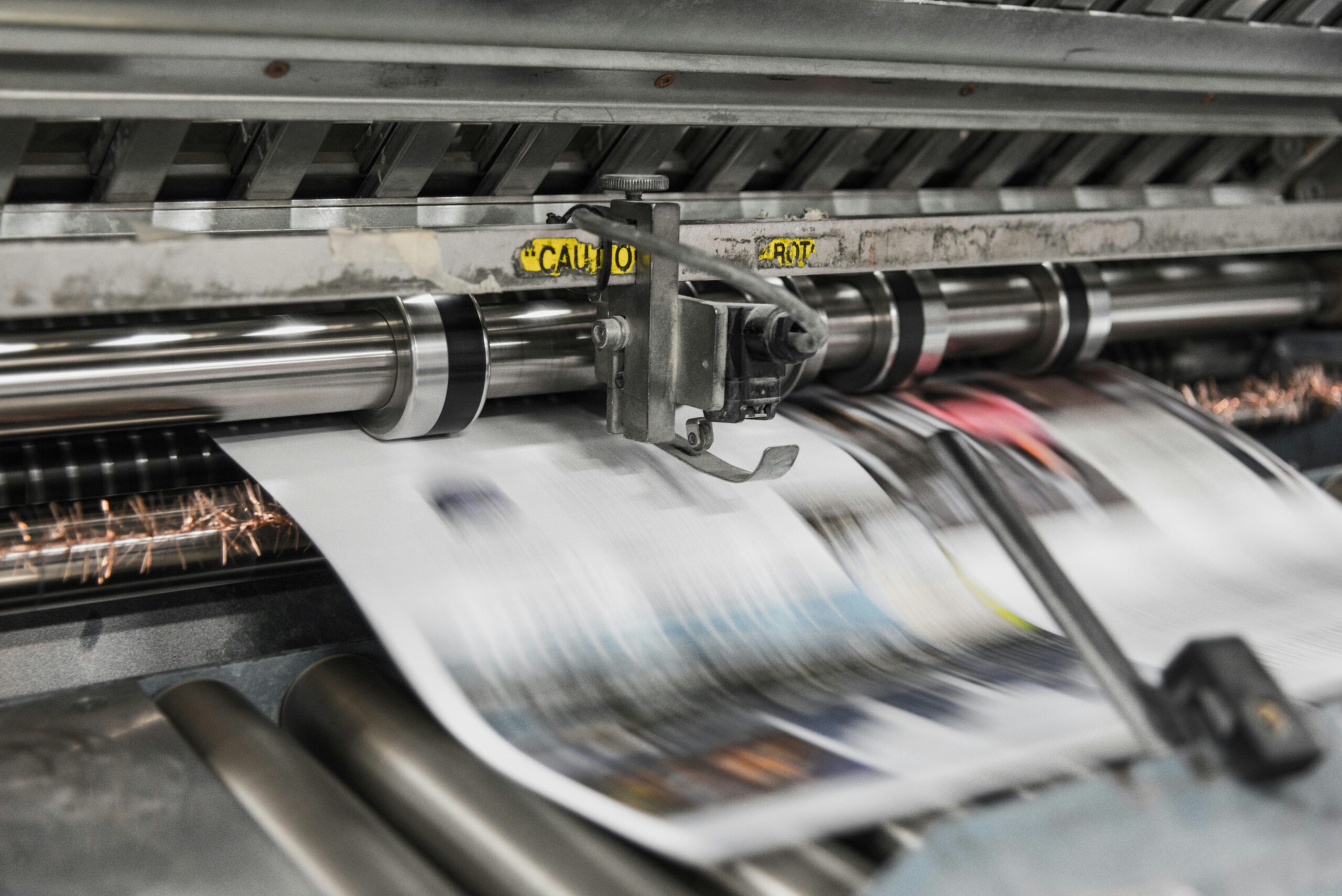Your business’ website is the first “virtual handshake” of sorts with your potential customers. If that digital handshake feels limp, awkward, or dated, you might be sending the wrong message without even realizing it.
We see ineffective websites every day, and we know how daunting it can be for business owners to take on a redesign project. (That’s what we’re here for!) The question is: how do you know if it’s time to redesign your website to begin with, and what comes first in the website redesign process?
What A Website Redesign Really Means (vs. Misconceptions)
A website redesign doesn’t always mean tearing down the entire website. For some businesses, it’s a website refresh: updated visual elements and new written content. For others, it’s a complete website overhaul where design, content, site structure, and backend functionality all get completely reimagined.
Many business owners hesitate when it comes to a site redesign because they fear a redesign project means disruption: losing search engine rankings, confusing site visitors, a big expense, or waiting months for results.
In reality, the redesign process – at least here at LMP – is strategic! Done right, a redesigned website will improve website performance, upgrade your search engine optimization, strengthen your brand identity, and deliver a positive user experience that helps to drive prospect calls and sales.
(Working with a trusted web design agency streamlines the process as everyone stays on the same page.)
Another misconception: a redesign involves only surface-level changes. In fact, a website redesign project often requires input from a real web development team, thoughtful brand strategy and keyword research from a marketing team, and clear goals so the project connects to the right business objectives.
Signs Your Website Might Be Holding You Back
So how do you know if your current website is quietly costing you potential customers?
- Outdated design no longer reflects your brand identity, including old logos, colors, or visuals that clash with your company’s mission.
- For mobile users (over 60% of web traffic), the site is clunky, non-navigable, or slow to load, creating a poor user experience and potentially driving people elsewhere.
- Competitor websites appear more professional and are more user friendly than yours, and they’re the only ones that ever show up in search engines.
- Updating even a small piece of content in your content management system feels like pulling teeth or breaks your website’s functionality.
- Google Analytics, data, or user testing shows a high bounce rate, weak conversions, or unusual user behavior despite steady site visitors.
- Customers mention security concerns or the site doesn’t have TLS (Transport Layer Security)/SSL (Secure Sockets Layer) certification.
- You hesitate to share your own website because it doesn’t represent your company’s mission or vision well.
This isn’t an exhaustive list of reasons to replace your existing site, but they’re a great indicator of your website’s performance or impact.
The Hidden Costs Of Doing Nothing
Delaying a website redesign project can feel safe, but the real risks are significant. Prospects who don’t trust your current website leave faster, which means lost potential revenue. A slow or outdated site will drop in search engine rankings, reducing visibility when potential customers are searching for what you do, whether that’s product sales or professional services. That means fewer “feet in the door.”
And worst of all, your brand credibility and inbound marketing take a hit: an outdated website signals you’re behind the times in today’s digital landscape.
The problems above aren’t just “nice-to-fix”. They’re active leaks in your sales funnel, and they directly impact your ability to generate leads.
What Comes First Before A Redesign
Before launching into a redesign project, some strategic groundwork and a more data-oriented website audit can be useful.
Start with a tool like Google Analytics, Fathom, Plausible, Ahrefs, or others to monitor performance and see where your users are going.

Next, work to define your business goals: do you want to generate leads, improve user engagement, or simply align your brand identity with your company’s mission? Know your target audience. If most of your website visitors are mobile users, design must prioritize a mobile friendly experience.
Review your brand identity and messaging: are your visuals consistent, and does your content reflect your business objectives?
If you have a lot of helpful blog content, inventory your webpages: keep what still works or plan rewrites for outdated material.
Having a sense for where you’re coming from, why you’re considering a move, and your website goals can all help define the scope of the project – and what success looks like.
Redesign vs. Refresh?
These days, a new website can be quite affordable, and we generally advise our website design clients that starting over on a new platform will pay off in spades over time.
Still, not every business will go for a full website overhaul. A site refresh might be enough if your content is strong but the design feels stale.
This could mean updating typography, colors, and layout to improve the website’s functionality without touching the entire project. A full website redesign strategy makes sense if the backend is outdated, the site isn’t mobile friendly, or your brand identity has shifted significantly. Some businesses even phase their redesign efforts by tackling visual elements now, then structural changes later. The key is aligning your redesign strategy with your marketing strategy and budget.

Quick Redesign Checklist
Ask yourself these questions:
- Do I cringe when someone asks for my website link?
- Do customers complain about a poor user experience?
- Is my current site hard to update without outside help?
- Does my site feel slow or clunky for mobile users?
- Are competitor websites clearly more professional than mine?
- Has it been more than 6 years since my last website redesign project?
If you answered yes to two or more on this redesign checklist review, there’s a good chance you’re overdue.
If You’re Considering A Website Redesign, It’s Probably Time To Take The Leap – We Can Help
If your site is quietly costing you potential customers, the safest move might be the boldest one: start planning your website redesign process.
The first step is simple: define your redesign goals, whether that’s just bringing your brand into the 21st century, or launching a true digital marketing (or even print marketing!) effort. Little Mountain Printing can help you redesign your website with a competitively priced website package. We do website redesigns all day every day, and our team can be your guide to improved site performance, more customers, and greater sales.
Ready to see if your current site is helping or hurting your business? Let’s talk about your redesign strategy with a free consultation – call today to schedule.






